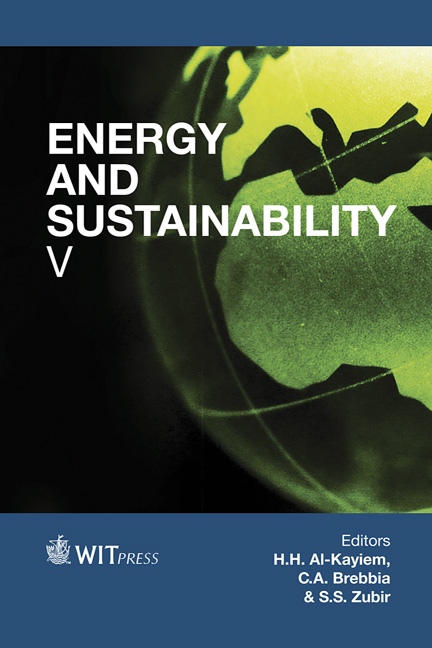Characterization Of The Specific Energy Consumption Of Electricity In The Portuguese Sausage Industry
Price
Free (open access)
Transaction
Volume
186
Pages
12
Page Range
763 - 774
Published
2015
Size
369 kb
Paper DOI
10.2495/ESUS140681
Copyright
WIT Press
Author(s)
J. Nunes, P. D. Silva, L. P. Andrade, P. D. Gaspar
Abstract
The sausage is an ancient food type that is nowadays considered as a delicatessen. Sausages are categorized within the deli sector as meat sub products. It is a food product preferred by consumers due to its nutritional value and organoleptic characteristics (wide range of flavours and textures). There are many types of sausages, with around 1200 different varieties (according to German classification), classified into types according to different criteria such as types of ingredients, consistency, and preparation (raw, cooked, pre-cooked, dry). In the UK, 196,152 metric tons of sausages were consumed during 2011, valued in $1.2 billion, while in the US this value was around $20.4 billion two years before. The heating and cooling processes during sausage production are indispensable technologies to ensure both the specific organoleptic characteristics and properties conservation through time. This paper characterizes the production process and the energy consumption of sausages processing industry in Portugal (20 industries) and discusses the average specific energy consumption (SEC) of electricity and its standard deviation. The average value of this indicator for the sample was 660 kWhe/ton raw material. The energy consumption of this type of industry is mainly that of electricity (82%). Several electricity savings, estimated at 23.9%, can be achieved by implementing simple practice measures in the refrigeration systems.
Keywords
sausage industry, energy efficiency, refrigeration





